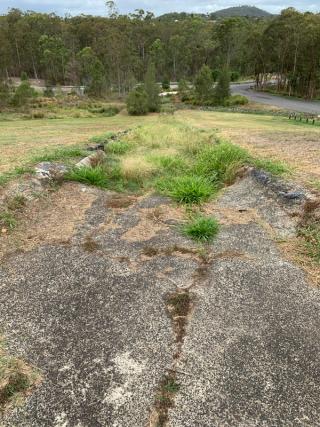Whites Hill Reserve - Landfill Gas Risk Assessment and Preliminary Soil Classification Works
- Client Name
- Brisbane City Council
- Location
- Camp Hill, Queensland, Australia
- Land quality & remediation

Challenge
A Landfill Gas Risk Assessment (LFGRA) and Preliminary Soil Classification works were required pursuant to development of a new maintenance facility at Whites Hill Reserve in the vicinity of a closed landfill.
The purpose of the LFGRA was to assess the potential risks of harm from landfill gas (LFG) potentially associated with previous filling at the site and whether mitigation measures might be required in the proposed development.
The purpose of the Preliminary Soil Classification works was to characterise the contamination status of soil at discrete locations in close proximity to the proposed maintenance facility for future development purposes.
Other detailed studies were conducted as part of this project including civil and structural engineering studies associated with the existing clubhouse which had been experiencing subsidence from the settlement of the ground due to being located on top of an old landfill site, and gas emissions coming from the ground.
Solution
The project involved the following:
- Installation of five LFG bores at predetermined locations in proximity of the proposed maintenance facility and the clubhouse (where future development may occur).
- Develop a preliminary conceptual site model for the LFG hazard, pathways and sensitive receptor scenarios.
- LFG monitoring events (bore and service pit monitoring) at fortnightly intervals, including GasClam installation within the bore exhibiting the highest concentrations of LFG.
- Installation of water level loggers to assess the potential for groundwater fluctuations on site and seepage/leachate intrusion into each bore.
- Collate, review and assessment of the results of the LFG monitoring events, GasClam data, pressure and flow data and BOM meteorological records with a view of understanding the trends in LFG concentration and flow.
- Complete a preliminary qualitative risk assessment and provide advice on the level of LFG in-building mitigation likely required to respond to the risk levels identified.